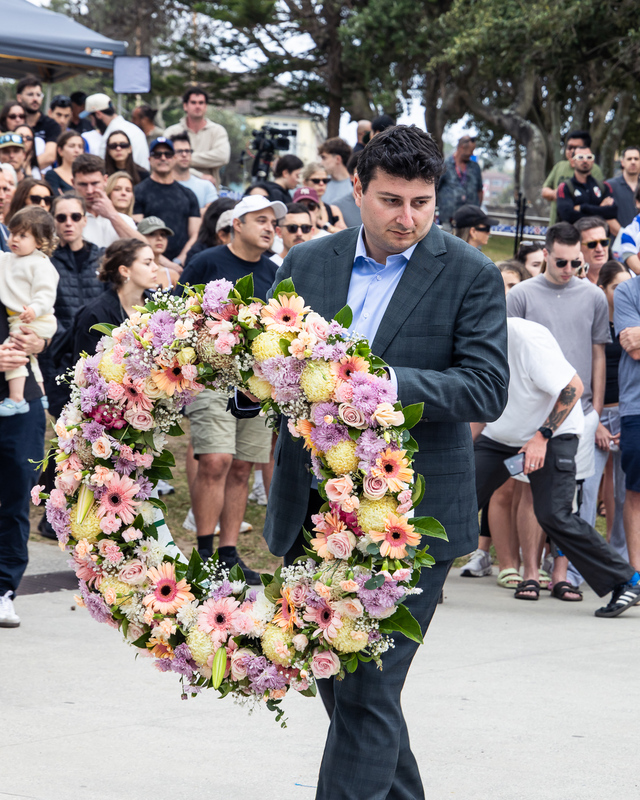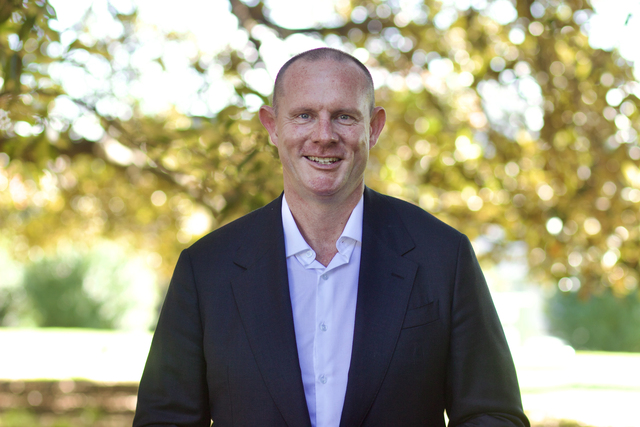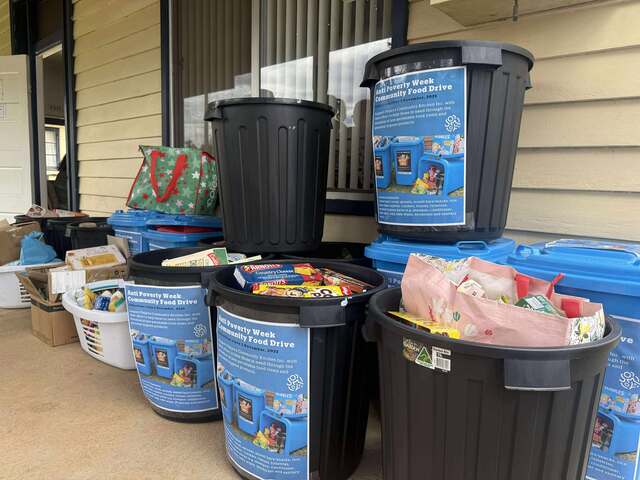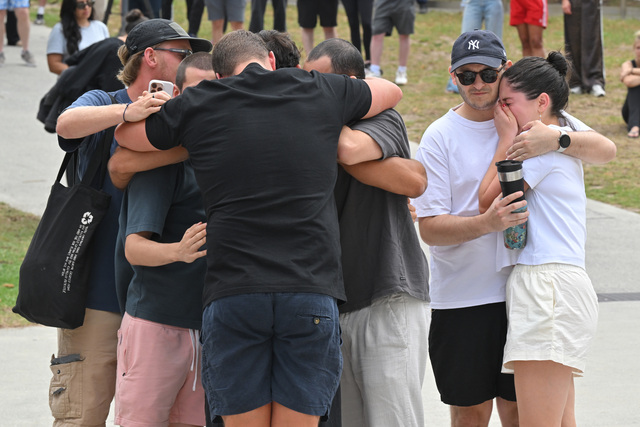The regional development literature says that there are big problems once a town’s population drops below 2000 – if that is true, then Tumbarumba is defying the theory.
I’d been driving to Melbourne and swung off around Tarcutta (hometown of tennis legend Tony Roche) to have a look at Tumbarumba. Well, it was a surprise – beautiful well-grassed countryside with lots of beef cattle. Better rainfall than the Riverina heartland further to the west. The town itself is lovely – an excellent streetscape with nicely-kept gardens, a couple of good pubs and 40-50 shops.
I was having a cappuccino, asking the waitress about the town’s origins. She got fed up with this, and offered to bring in the septuagenarian talking to people outside. He turned out to be the former Mayor of 12 years. His name is George Martin, and he’s the absolute font of knowledge. He took me for a quick tour.
It transpires that Tumbarumba has one of the biggest softwood mills in the southern hemisphere, and significant standing in blueberries, beef cattle and highest quality cool climate wines. I knew about the wine quality because they are blended with Canberra wines to win big awards. And there’s a new hospital on the horizon, while the health centre, schools, caravan park, picnic area, etc. all seem to be well-appointed.
George explained that Tumbarumba Creek was where gold was discovered in the 1850s. It’s within a stone’s throw of the main street, and used to be overrun with blackberries and car bodies until a regeneration program converted it to a beautiful shady spot. A hundred or so backpackers are camped in tents nearby. They are there to pick blueberries, and they add a youthful, international touch.
According to the Shire Council, the Tumbarumba township has a population of 1500. While NSW Planning says population growth is stagnant, George says it’s growing and has some real upside. I agree with him, on the basis that there’s a new estate with 40-50 modern homes, the horticulture industry is expanding and timber mill is ticking along by all accounts.
The town also puts a lot of emphasis on events, e.g. Tumbarumba Trek (ex-deputy Tim Fischer is a longstanding champion), the Tumbafest, the annual Rodeo and Tumbarumba Tastebuds. These all attract tourists and give local businesses a fillip at different times of the year. And the townsfolk are hoping that the long-awaited NBN (promised within three years!) will attract a youth spurt to counter the ageing population.
The downside is that it’s a fair way off the Hume Highway and 1.5 hours to Albury Airport.
But mountain communities have a special appeal. Their social capital is strong because they have champions like George Martin and Tim Fischer. I visited Mansfield and Alexandra in the Victorian highlands the following day. Those towns had good infrastructure, were similarly busy, and had an array of folk talking up their locales. For example, Mansfield Thai has great food – it’s owned by Sam, an Aussie Indian can you believe it, who moved there from Blacktown in Sydney’s western suburbs.
Polices to help people go Bush
I got back to Canberra and Barnaby Joyce, leader of the Nationals, was exhorting people to go Bush to escape the ludicrous housing costs of our major cities. What he should’ve added is that he’s going to harangue his Ministerial colleagues to help create the rural jobs for these city slickers.
Barnaby would have a difficult job though because the Canberra mindset is to let the ‘might market’ determine our urban and regional development patterns. However the feds do intervene in a lot of ways. For example, there may be a new defence facility, or the relocation of a government agency, or adjustment assistance to cover another manufacturing closure.
I’m not knocking these initiatives, but the feds should be doing more to counterbalance the agglomeration effects and social/environmental costs of urban development, and doing this is as part of a national program.
This is a difficult argument to sustain due to the prevailing free market mindset, but there are SOUND economic arguments for governments to provide transparent incentives for companies to relocate to regional areas. The Cockatoo Network tracks industry and regional policies in other countries, and there is plenty of evidence in European programs with financial incentives to spread growth and jobs. It also happens in the USA, although it is mainly a state role with federal acknowledgement.
National Broadband Network
Who does the NBN think it is? It is definitely a public body spending public funds, and is refusing to tell communities when the NBN roll-out is happening. This is arrogance in the extreme. Investment attraction has long lead times and councils are hamstrung in attracting businesses if they cannot explain their telecoms’ infrastructure timelines.
Take home message
There are many good towns like Tumbarumba, Mansfield and Alexandra. They could be wonderful places for city folk to work and bring up a family. Modest relocation incentives within a national framework together with the NBN roll-out could be the start of something big. If any councils want to make a run at this, please drop us a line.
Rod Brown is a Canberra-based consultant and lobbyist specialising in industry/regional development, investment attraction and clusters, and accessing federal grants. He also runs the Cockatoo Network.
Phone: (02) 6231 7261 or 0412 922 559
Email: apdcockatoo@iprimus.com.au
Blog: investmentinnovation.wordpress.com (750+articles)







